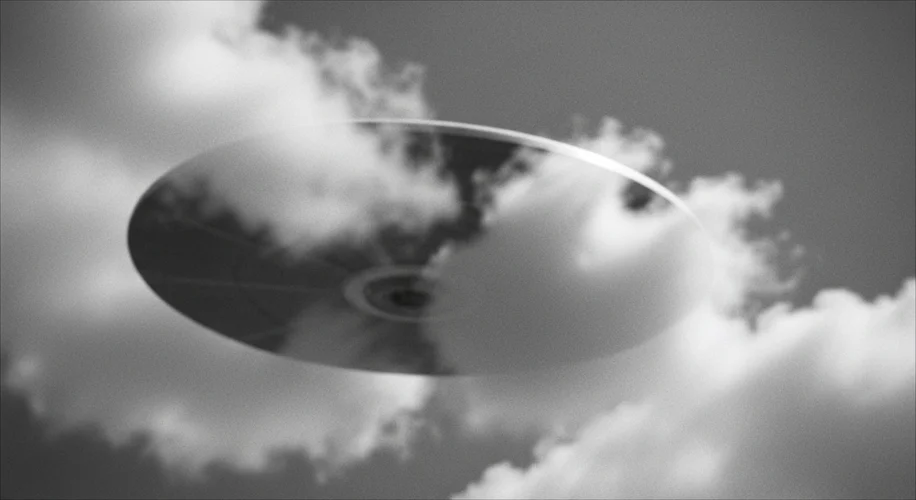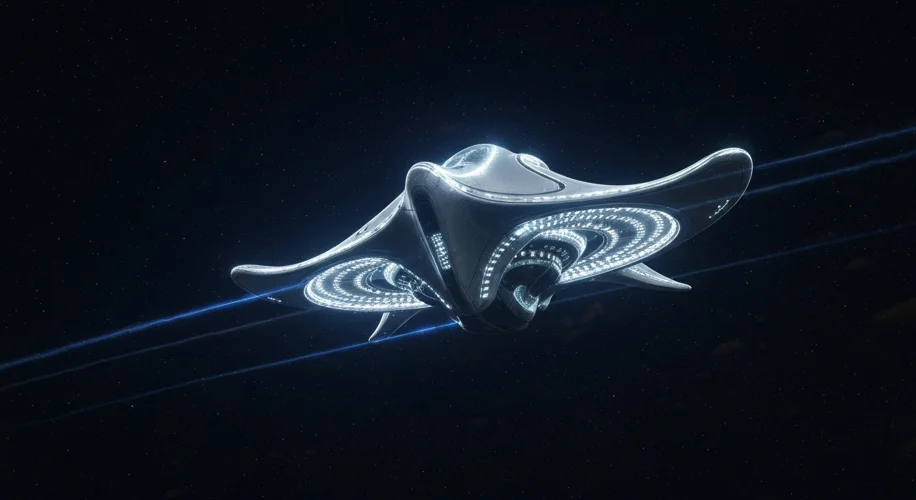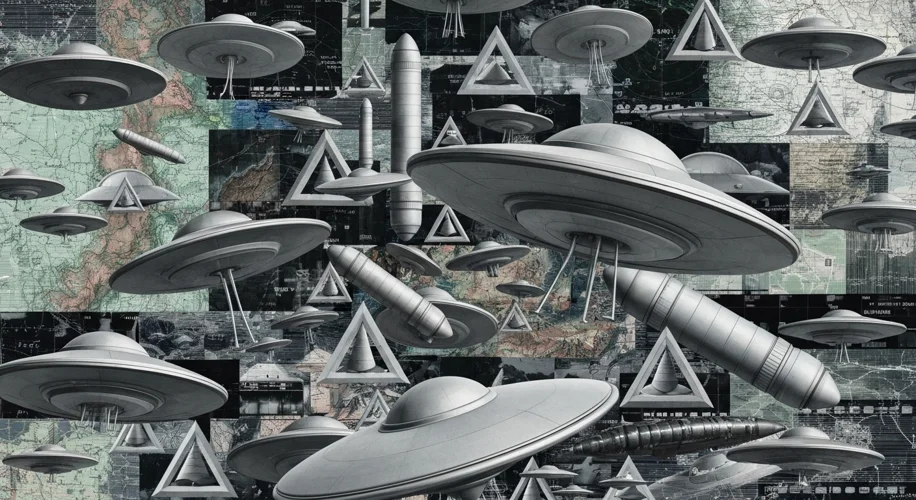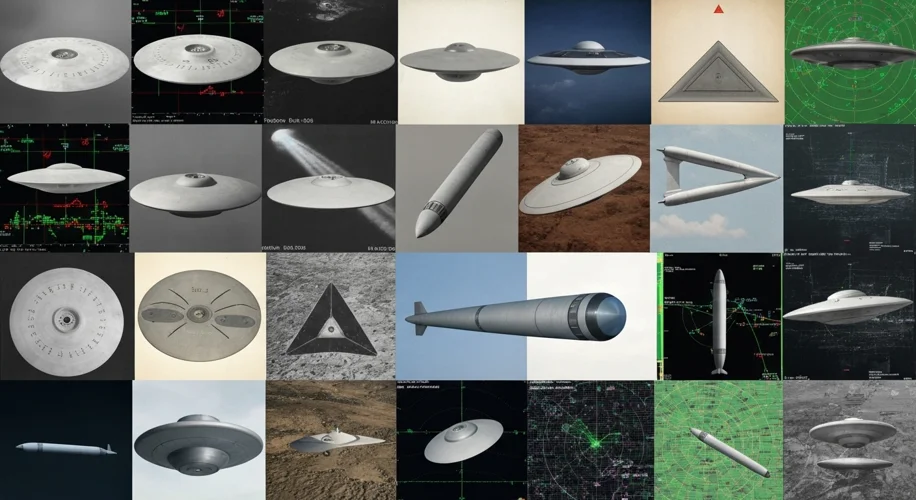In the hushed corridors of power, where secrets are currency and shadows are the most trusted confidantes, a peculiar fascination has always lingered: the unknown voyagers in our skies. For decades, governments and citizens alike have grappled with the enigmatic presence of Unidentified Aerial Phenomena (UAP), a topic intertwined with the very fabric of modern surveillance. This is not merely a tale of strange lights in the night, but a deep dive into the historical currents of observation, secrecy, and the enduring human quest to understand what lies beyond our immediate perception.
The story of UAP and surveillance is as old as humanity’s gaze towards the stars. Ancient civilizations documented celestial anomalies, often weaving them into myths and religious narratives. However, the modern era, with its burgeoning scientific inquiry and technological advancements, began to shift these observations from the purely mystical to the potentially observable and, critically, the potentially controllable. The rise of aerial warfare in the early 20th century, particularly during World War I, fundamentally changed how nations viewed the skies. Suddenly, the air above was not just a domain for birds and clouds, but a potential battlefield, a conduit for reconnaissance, and a space to be defended.
This burgeoning interest in aerial observation naturally led to an increase in surveillance. The development of radar, advanced optics, and later, satellites, allowed for an unprecedented ability to monitor airspace. It was within this context of heightened aerial awareness and clandestine observation that the modern UAP phenomenon began to take shape in the public consciousness. The post-World War II era, a period defined by geopolitical tension and the dawn of the nuclear age, saw a surge in reported sightings. The famous Roswell incident of 1947, while shrouded in myth and speculation, became a cornerstone in the narrative of government cover-ups and hidden alien technologies. The U.S. military, already deeply invested in understanding and countering potential threats, began to investigate these reports with a mix of curiosity and apprehension.
Key actors in this unfolding drama included government agencies like the U.S. Air Force and its Project Blue Book, tasked with investigating UAP reports. Their mandate was often to debunk sightings, attributing them to misidentified aircraft, weather phenomena, or hoaxes. Yet, the persistent nature of credible reports from military pilots, radar operators, and civilian witnesses created a counter-narrative of genuine unexplained events. Perspectives varied wildly: some saw UAP as a national security threat, potentially advanced foreign technology; others, the more speculative, envisioned extraterrestrial visitors. This duality of perspective – threat versus wonder – has fueled the ongoing debate.
The phenomenon itself is characterized by a wide array of reported sightings: silent, impossibly fast-moving objects, lights that perform maneuvers defying known physics, and craft that appear and disappear without a trace.  The nature of surveillance, with its emphasis on discrete, often classified, data collection, has created a perfect incubator for UAP-related secrecy. The very tools designed to identify and track potential threats could, in theory, also be used to obscure or dismiss evidence of phenomena that did not fit conventional understanding.
The nature of surveillance, with its emphasis on discrete, often classified, data collection, has created a perfect incubator for UAP-related secrecy. The very tools designed to identify and track potential threats could, in theory, also be used to obscure or dismiss evidence of phenomena that did not fit conventional understanding.
In recent years, a significant shift has occurred. The U.S. government, long a gatekeeper of UAP information, has begun to declassify more data and acknowledge the reality of these unexplained phenomena. This shift, partly driven by a growing chorus of voices from within the intelligence and military communities, suggests a move from outright dismissal to a more serious, albeit still cautious, investigation. The focus is now on potential risks to aviation safety and national security, rather than solely on extraterrestrial origins. 
The consequences of this historical interplay between surveillance and UAP are profound. For decades, a veil of secrecy and skepticism has surrounded the topic, often relegating it to the fringes of public discourse. The recent openness, however, has begun to reframe the conversation, encouraging scientific inquiry and broader public engagement. It raises fundamental questions about our place in the universe, the limits of our current understanding, and the ethics of how governments handle potentially paradigm-shifting information. The journey from early sky-watching to the current era of declassified reports and serious scientific interest highlights a persistent human drive to explore the unknown, a drive that surveillance has both aided and, at times, obscured.
Ultimately, the history of UAP and surveillance is a testament to the enduring power of mystery and the human need for explanation. It is a narrative where the watcher and the watched are in constant dialogue, a dialogue that continues to unfold in the quiet hum of radar screens and the silent, breathtaking dance of lights in the night sky. 

